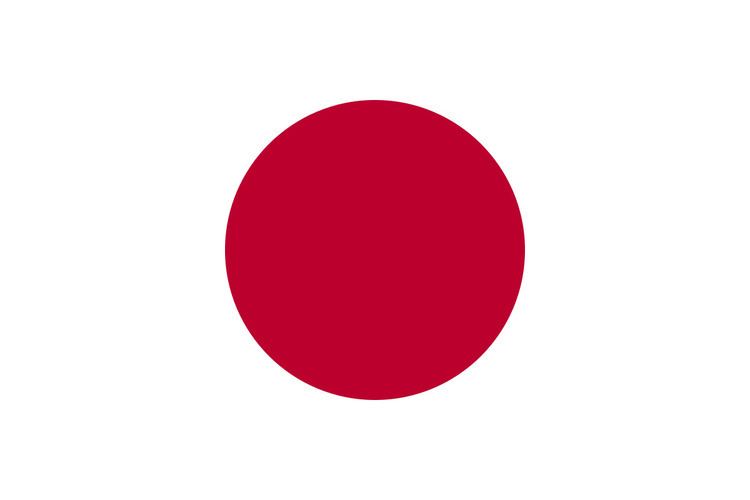 | ||
Japanese Canadians (日系カナダ人, Nikkei Kanadajin, French: Nippo-Canadiens) are Canadian citizens of Japanese ancestry. Japanese Canadians are mostly concentrated in Western Canada, especially in the province of British Columbia which hosts the largest Japanese community in the country with the majority of them living in and around Vancouver. In 2006, there were 98,905 Japanese Canadians throughout Canada (42,435 of whom are of mixed heritage).
Contents
- Generations
- History
- Internment
- Education
- Japanese Canadians by province or territory
- Ice hockey
- Martial arts
- Skiing and snowboarding
- Other sports
- Businesspeople and organizational leaders
- Film and television personalities
- Musicians and performing artists
- Politicians and government officials
- Scholars and scientists
- Visual artists
- Writers
- Other
- References
Generations
The term Nikkei (日系) was coined by sociologists and encompasses all of the world's Japanese immigrants across generations. Japanese descendents living overseas have special names for each of their generations. These are formed by combining one of the Japanese numerals with the Japanese word for generation (sei 世):
For example, for Japanese living in Canada:
History
The first Japanese settler in Canada was Manzo Nagano, who lived in Victoria, British Columbia (a mountain in the province was named after him in 1977). The first generation, or Issei, mostly came to Vancouver Island ,the Fraser Valley and Rivers Inlet from fishing villages on the islands of Kyūshū and Honshū between 1877 and 1928. Since 1967, the second wave of immigrants were usually highly educated and resided in urban areas.
Until 1948, Japanese-Canadians—both Issei and Canadian-born Nisei—were denied the right to vote. Those born in the 1950s and 1960s in Canada are mostly Sansei, third generation. Sansei usually have little knowledge of the Japanese language. Over 75% of the Sansei have married non-Japanese. Nisei and Sansei generally do not identify themselves as fully Japanese, but as Canadians first, who happen to be of Japanese ancestry.
The younger generation of Japanese-Canadians born in the late 20th century are mostly Yonsei, fourth generation. Many Yonsei are of mixed racial descent. According to Statistics Canada's 2001 census of population information, Japanese-Canadians were the Canadian visible minority group most likely to marry or live common-law with a non-Japanese partner. Out of the 25,100 couples in Canada in 2001 which had one Japanese person, only 30% had two partners of Japanese descent and 70% included one non-Japanese partner. As of 2001, 65% of Canada's Japanese population was born in Canada.
Internment
In 1942, the federal government used the War Measures Act to brand Japanese Canadians enemy aliens and categorized them as security threats. There were 20,881 Japanese placed in internment camps and road camps in British Columbia; prison of war camps in Ontario; and families were also sent as forced labourers to farms throughout the prairies. Three-quarters of them were Canadian [technically British subjects, as were all Canadians, since Canadian citizenship did not exist prior to 1947]. A parallel situation occurred in the United States. (See Japanese American internment.)
The property and homes of Japanese Canadians living in the province of British Columbia were seized and sold off without consent in 1943. The funds were used to pay for their internment. They also had to "pay rent" for living in the internment shacks they were assigned. In 1945, after the war, as part of the continued effort to remove all Japanese Canadians from British Columbia, Prime Minister MacKenzie King's cabinet used Orders-in-Council to extend the powers of the War Measures Act and Japanese Canadians give two "options": to either be relocated to another province, i.e. "East of the Rockies," or to go "back" to Japan (though most were born in Canada and had never been to Japan). After organized protests by against their treatment, they were finally given the right to vote in 1949. Mobility restrictions were lifted in 1949.
In the late 1970s and 1980s, documents on the Japanese Canadian internment were released, and redress was sought by the National Association of Japanese Canadians, an organization representing Japanese Canadians nationally that was headed by Art Miki from Winnipeg. In 1986, it was shown that Japanese Canadians lost $443 million during the internment. There were 63% of Canadians who supported redress and 45% who favoured individual compensation. On September 22, 1988, the National Association of Japanese Canadians succeeded in negotiating a redress settlement with the government at the time, under the leadership of Prime Minister Brian Mulroney. The settlement included $21,000 for each individual directly affected, that was, by 1993, almost 18,000 survivors. The federal government also provided a community endowment fund to assist in rebuilding the community, which is run by the National Association of Japanese Canadians. In addition, to address the more systemic racism that led to the plan and later justifications of the effort to remove "all people of Japanese racial origin" from Canadian territory, the redress settlement included the establishment of the Race Relations Foundation and challenges to the War Measures Act. The Prime Minister also offered a formal apology in the House of Commons and the certificate of acknowledgement of injustices of the past, which was sent to each Japanese Canadian whose rights had been stripped, incarcerated, dispossessed and forcibly displaced.
Education
Hoshū jugyō kō (Japanese supplementary schools) for instruction of the Japanese language include those in Calgary, Edmonton, Halifax, London, Montreal (Montreal Hoshuko School), Ottawa, Saskatoon, Toronto (Toronto Japanese School), and Vancouver.
Japanese Canadians by province or territory
Japanese Canadian population by province and territory in Canada in 2011 according to Statistics Canada:
Ice hockey
Martial arts
Skiing and snowboarding
Other sports
Businesspeople and organizational leaders
Film and television personalities
Musicians and performing artists
Politicians and government officials
Scholars and scientists
Visual artists
Writers
. Shizuye Takashima, author and watercolour artist
